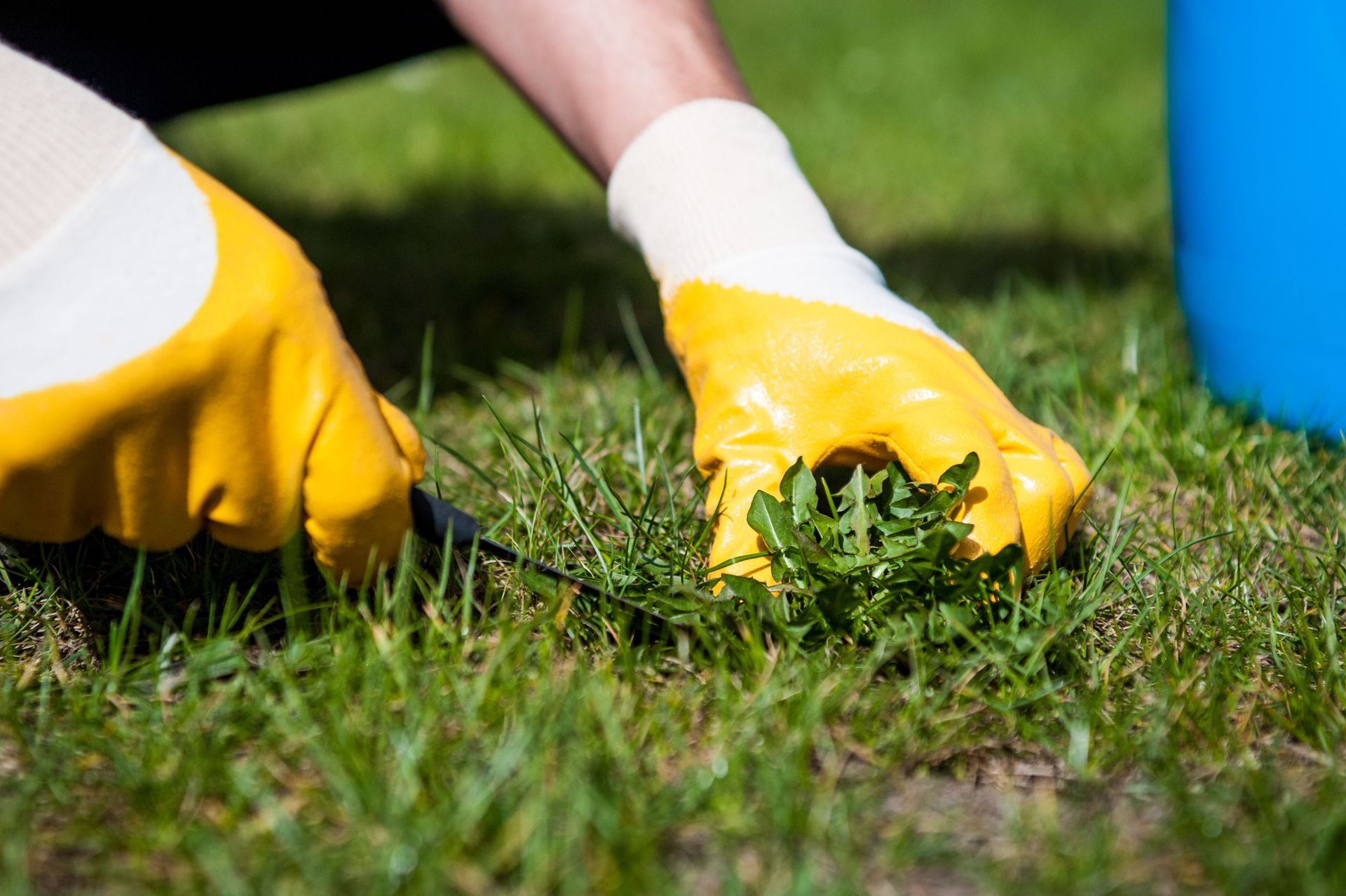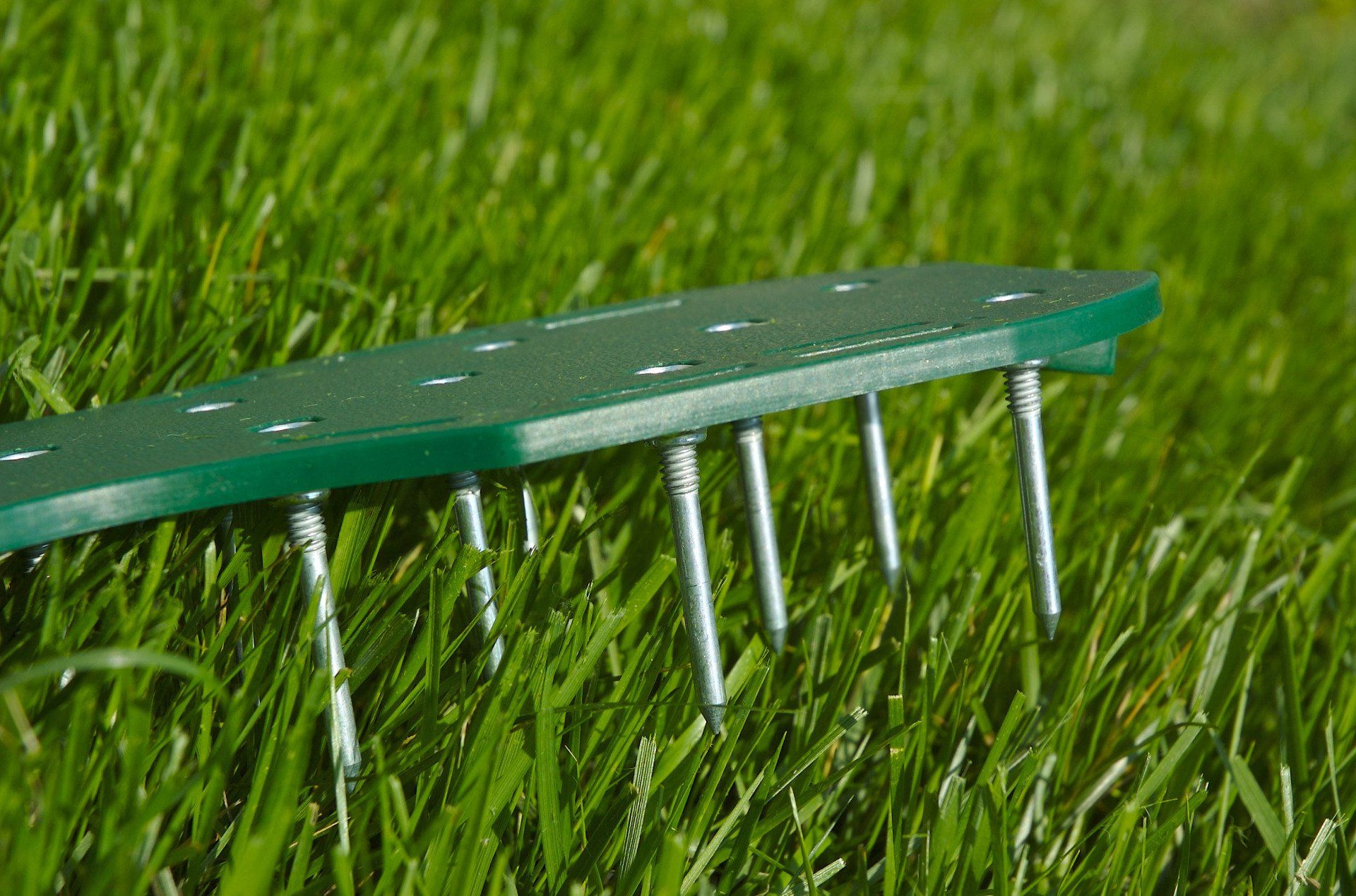Follow These Tips for Proper Grass Fertilization
Maintaining a lush green lawn is a matter of pride for many homeowners. One of the key factors in achieving a vibrant grass area is proper fertilization. However, fertilizing your lawn can be more complicated than just spreading fertilizer and hoping for the best. It requires knowledge of soil composition, timing, climate conditions, and the correct type and amount of nutrients. A trusted fertilization professional can provide these services with precision and expertise, ensuring your lawn receives exactly what it needs. Their guidance can prevent costly mistakes, improve long-term lawn health, and simplify your lawn care in an economically sustainable way.
Grass Type
One of the first steps in proper grass fertilization is knowing the type of grass you have and its specific needs. Different types of grass thrive with different nutrient requirements and at different times of year. Cool-season grasses like fescue and bluegrass have different fertilization needs than warm-season grasses like bermuda grass or zoysia. Consult a professional to learn more about your grass type and for recommendations on the most effective methods of care.
Fertilizer Style
Choosing the right fertilizer is another crucial step in the fertilization process. According to Lawn Starter, the NPK ratio (nitrogen, phosphorus, potassium) is the most important factor when selecting a fertilizer. This ratio indicates the proportion of each component in the fertilizer mixture and caters to the specific nutritional needs of your grass. An experienced provider can suggest a well-balanced fertilizer, ensuring that your lawn has the right nutrients for growth, root health, and overall vigor.
Seasonal Considerations
Timing your fertilization correctly is the final key aspect to consider. Any fertilization schedule depends on grass type and local climate conditions. Most cool-season grasses benefit from an early spring and late fall fertilization, whereas warm-season grasses prosper with late spring and mid-summer applications. A professional lawn care provider can establish the ideal schedule for your lawn, based on your grass's growing cycle.
Achieving a healthy, thriving lawn requires understanding and implementing proper fertilization methods. By knowing your grass type, selecting the appropriate fertilizer, and applying it at the right times, you can ensure your lawn receives the nutrients it needs. Remember, a well-maintained lawn is not just about aesthetics but also about fostering a healthy environment for your grass to thrive. Contact Weed Solutions Inc to learn more and for customer-focused, high-quality lawn care.









Share On: